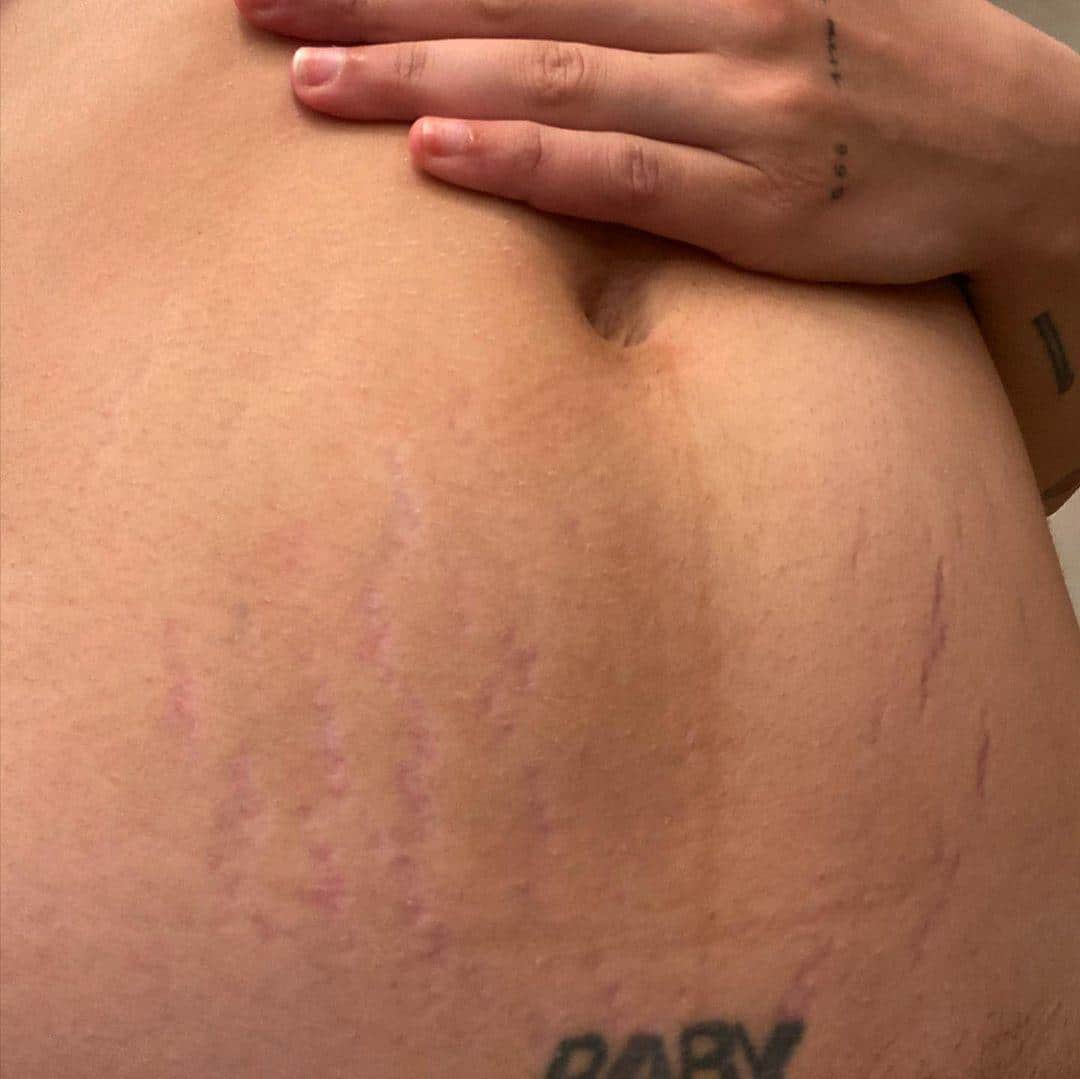What moms need to know about placenta consumption

The pros and cons.
Table of Contents
After my son was born, I was basking in gratitude to the universe for the baby I would soon be taking home when the doctor broke me out of my reverie and asked if I wanted to take my placenta home as well.
I declined, but the fact that he asked demonstrates what many in the birthing business already know: During the past few decades, more women have been choosing to keep and consume their placentas in the hopes of restoring hormonal balance in the postpartum period.
Placenta consumption is both an ancient practice and a current one. The practice of placentophagy has roots in Chinese medicine, though for purposes generally unrelated to postpartum recovery. These days, many women—including celebrities like Kim Kardashian and Nikki Reed—swear that taking pills made from their placentas boosted their postpartum mood and energy levels.
Yet physicians who study placentophagy say the science hasn’t yet caught up to the hype.
Sharon M. Young, a researcher at the University of Nevada-Las Vegas (UNLV), says that many of the benefits women report seem to be valid. The question is whether that’s from a placebo effect or true physiological effect.
While that’s kept her from advocating for or against the practice of placenta consumption, some academics have come out against it: According to the authors of a recent report published in the American Journal of Obstetrics & Gynecology, placentophagy is potentially harmful and should be discouraged.
This came on the heels of a widely publicized case that saw a newborn develop group B Streptococcus sepsis (GBS) after the mother ingested contaminated placenta capsules. The infant’s illness was not definitively proven to be caused by the mother’s placenta consumption, but still prompted the Centers for Disease Control and Prevention to advise against placenta capsule ingestion.
“There is no research to support placenta ingestion,” says infectious disease expert Dr. Genevieve Buser, lead author of the report on that case. She worries that women could do unintended harm to their babies by choosing to injest placenta.
She says because the placenta passes through the birth canal it can come in contact with Escherichia coli (E. Coli) and Group B streptococcus (GSB) which are sometimes present in a mother’s recto-vaginal area.
“Eating that contaminated placental tissue could then further expose the woman and her baby to those invasive pathogens. E. coli or GBS infection in newborn babies is very serious—even life-threatening—and can cause meningitis (infection in the spinal fluid and brain). These babies need to be hospitalized and treated with intravenous antibiotics in order to get better.”
Proponents of placentophagy say safety is key
Placentophagy proponents say total avoidance is unnecessary and may keep women from accessing something that could help them during the postpartum period. Jodi Selander, is the founder of Placenta Benefits.info, has been researching placentophagy for more than a decade. She created standards for placenta encapsulation that are used by encapsulators around the world, as well as in research at UNLV. Selander says there are safe ways to prepare and encapsulate the placenta while complying with food safety standards.
In the case where the infant contracted GBS, the person who’d made the placenta capsules dehydrated the organ from a raw state at temperatures not high enough to reduce the bacterial presence. Selander says she never recommends such a method; her own preparation procedure follows that of traditional Chinese medicine: The organ is steamed before it is dehydrated, an important step that should not be skipped.
Selander suggests mothers considering placentophagy seriously research the encapsulation methods of their proposed encapsulator. “I want women who are doing these preparations to understand that this isn’t something that you just play around with. You have to follow standards and protocols,” says Selander, who feels blanket statements against placenta encapsulation ignore the experiences of the many women who report positive results.
For many moms, it’s a worthy option
After the birth of her first child, Erin Martin took the placenta home in a biohazard box, and an encapsulator arrived soon after to process it (using a process different from Selander’s).
“We got the pills, and a tincture and placenta broth,” says Martin. “We got everything. We got a smorgasbord of placenta.”
Her partner made chicken fried rice with the broth and froze portions for her to consume throughout the postpartum period. Martin also took the capsules on a regular basis, although she declined to use the tincture, a liquid product made with alcohol that is said to be shelf stable.
According to Martin, taking the capsules seemed to make a difference in elevating her mood—but not so much that she did it again. For her next birth, she brought the placenta home just in case, but never followed through with getting it encapsulated. By the time her third child was born, she didn’t feel she needed the extra boost she got from the placenta pills.
“For my subsequent labor and delivery and postpartum experiences, I felt like I had a better handle on things,” Martin says, noting that she would still recommend placentophagy to other mothers, especially first-time moms. “If it makes you feel better about your experience, then do it, because anything that’s going to make you feel better is worth it. Even if it’s placebo-like, if you have something that’s working for you, hang onto it.”
Is it the placebo effect?
Even if the benefits come from the idea of the pill rather than the pill itself, UNLV researcher Young says there does seem to be a link between self-reported advantages. Young’s goal is to determine what’s the true cause of those benefits.
When Young and her colleagues analyzed the concentrations of different substances in placenta capsules, they found small amounts of minerals like iron and zinc. While the amounts of iron were not as high as some placentophagy proponents expected them to be, there were other interesting results as well.
“We also analyzed 17 different hormones in the placenta capsules,” she says. “And we found that processing the placenta by steaming it, dehydrating it and encapsulating it didn’t actually destroy the hormones in the way that we thought it might,”
According to Young, the hormones were present in concentrations that could potentially elicit physiological effects, but further research is needed.
Allow health care professionals to guide any decision
Placenta advocates and detractors agree: Women should talk to their health care providers before making a decision. New parents should also be aware of the risks associated with improper placenta capsule preparation.
In the debate over the science, one thing is clear: Many women swear by placenta encapsulation.“That’s valid and we need to listen to that,” says Selander.


































